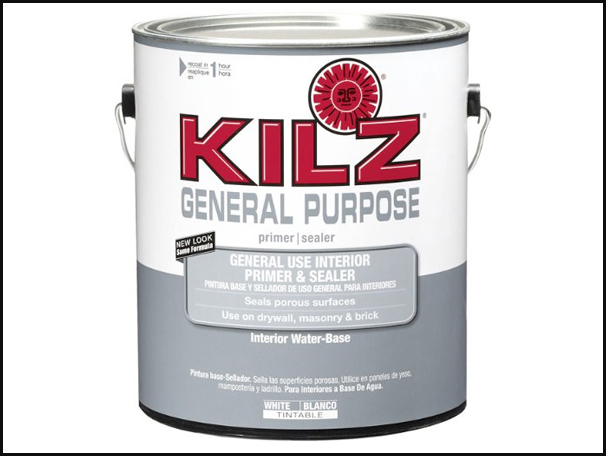
I am in the process of installing vinyl wainscoting, base and cap molding in a bathroom and may need to use adhesive to keep all the pieces “nailed down.” I would like to use a type that, if it needed to be removed in the future, would be forgiving to the (drywall) surface. When I receive your magazine (the print edition of Woodworker’s Journal), you have affixed an advertising page to the cover using a type of adhesive that is easily removed yet holds the paper sheet in place quite well. What is that type of adhesive? – Ralph Petersen
Joanna Werch Takes: According to our printing company (we don’t actually sit in the office and glue individual pages onto each copy of the magazine), the adhesive is formally known as “fugitive glue” or “releasable glue,” and you should be able to find where it is sold by doing an online search for it. It sometimes comes in a roll with a plastic backing, or sometimes in hotmelt sticks.
Tim Inman: I’m not a “home improvement expert,” but my wife and I are now living in our 3D “this old house,” so these kinds of projects are not totally foreign to me either. To seal our old windows – which are NOT rotten after over 105 years of use! – we caulk them all with a product called “strippable” weather sealer. It comes in ordinary caulking tubes and resembles the glue/stickum you reference. It is common, cheap and lasts for years at our house. You might get some and give it a try.
Chris Marshall: I’m in Tim’s camp here, too. Woodworking is what I know best, but I dabble in DIY as most of woodworkers do. I would be inclined not to put adhesive of any kind over “raw” drywall if I ever hoped to remove something from it later on. The paper face is just too porous. If you really want to consider the possibility of removing that wainscot down the road and NOT pulling the surface of the drywall apart in the process, I’d definitely prime it first. I might even use Kilz® or a similar waterproofing product that builds to a good, durable coating. In my experience, adhesives tend to release better from nonporous surfaces than a porous ones.
Fellow eZine readers, please share your thoughts and suggestions for Ralph, too.





